Table of Contents
Ever stared at a stack of golden pancakes and wondered, "Wait, are pancakes really cakes?" It's a question that's probably crossed your mind mid-breakfast, and you're not alone. This isn't just some random food thought; it's a debate that gets to the heart of what makes a cake a cake, and a pancake a pancake. We're about to flip through the facts, so to speak, exploring the history, ingredients, and cooking methods that define these breakfast staples. We'll be tackling some burning questions: Why do we call them cakes? Are they more like bread or pastries? Can you swap pancake mix for cake mix, and vice versa? Get ready to uncover the delicious truth behind the fluffy enigma that is the pancake, and settle this once and for all. So grab your fork, and let’s get started on this journey to understand if pancakes really are cakes!
Are Pancakes Considered Cake? The Great Debate
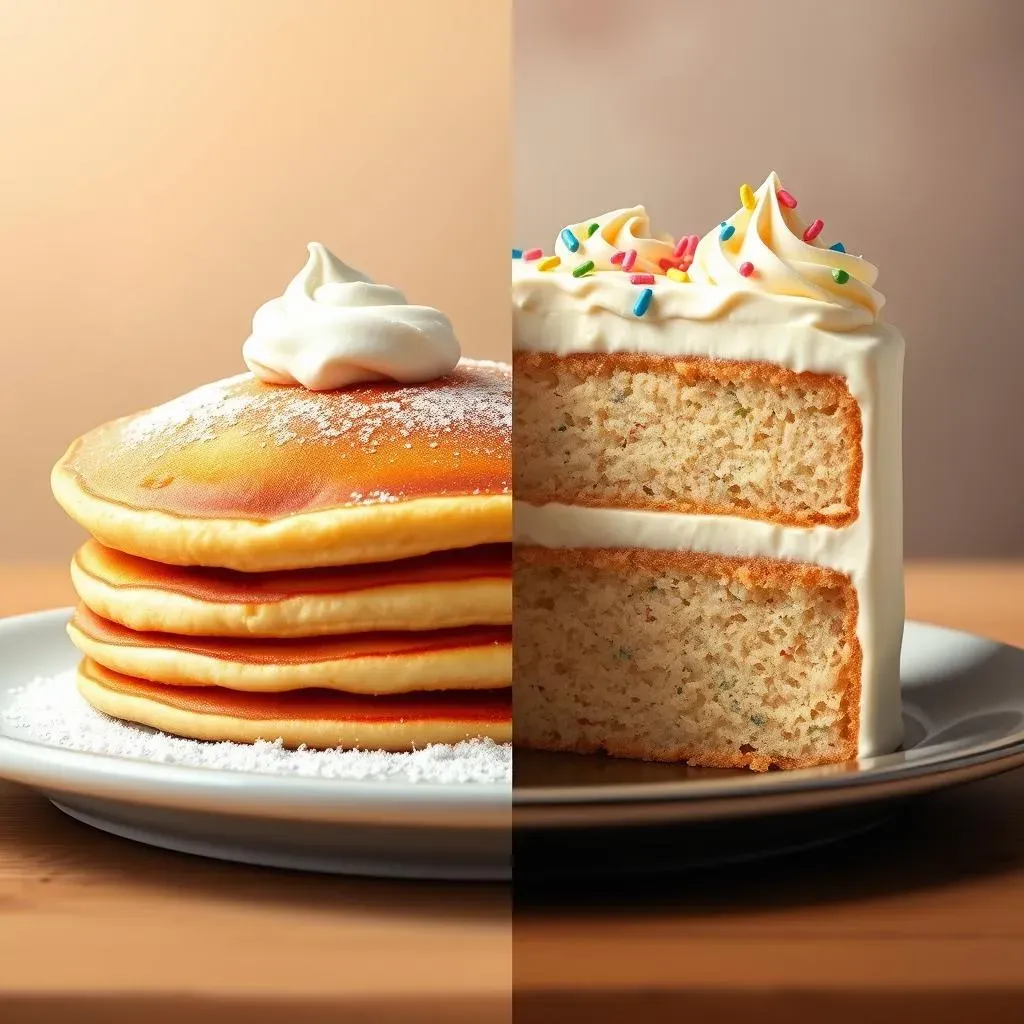
Are Pancakes Considered Cake? The Great Debate
Alright, let's get to the heart of the matter. Are pancakes *really* cakes? It's a question that sparks heated debates at breakfast tables worldwide, and honestly, there's no single, straightforward answer. On one side, you've got the "pancake-is-a-cake" crew. They'll point out the shared DNA: flour, eggs, sugar, and a leavening agent like baking powder. These ingredients, they argue, are the building blocks of any good cake. And when you mix them up, you get a batter that rises and creates those airy pockets we all love. But then you have the "pancake-is-not-a-cake" team. They'll argue that cakes are baked, and pancakes are fried on a hot griddle. This difference in cooking method, they say, makes all the difference.
It's a bit like arguing whether a grilled cheese is a sandwich or a melt. Technically, they are similar, but the subtle differences are where the real debate lies. Some might say it’s about the final form, the thickness, and even the intended purpose. A cake is usually a celebratory thing, often layered with frosting, while a pancake is more of an everyday breakfast staple. So, where do you stand?
Argument | Pancake-is-a-Cake | Pancake-is-NOT-a-Cake |
|---|---|---|
Ingredients | Similar to cake batter | Similar to cake batter |
Cooking Method | Fried on a griddle | Baked in an oven |
Purpose | Everyday breakfast | Celebratory dessert |
Why Are Pancakes Called Cakes? A Look at History and Ingredients
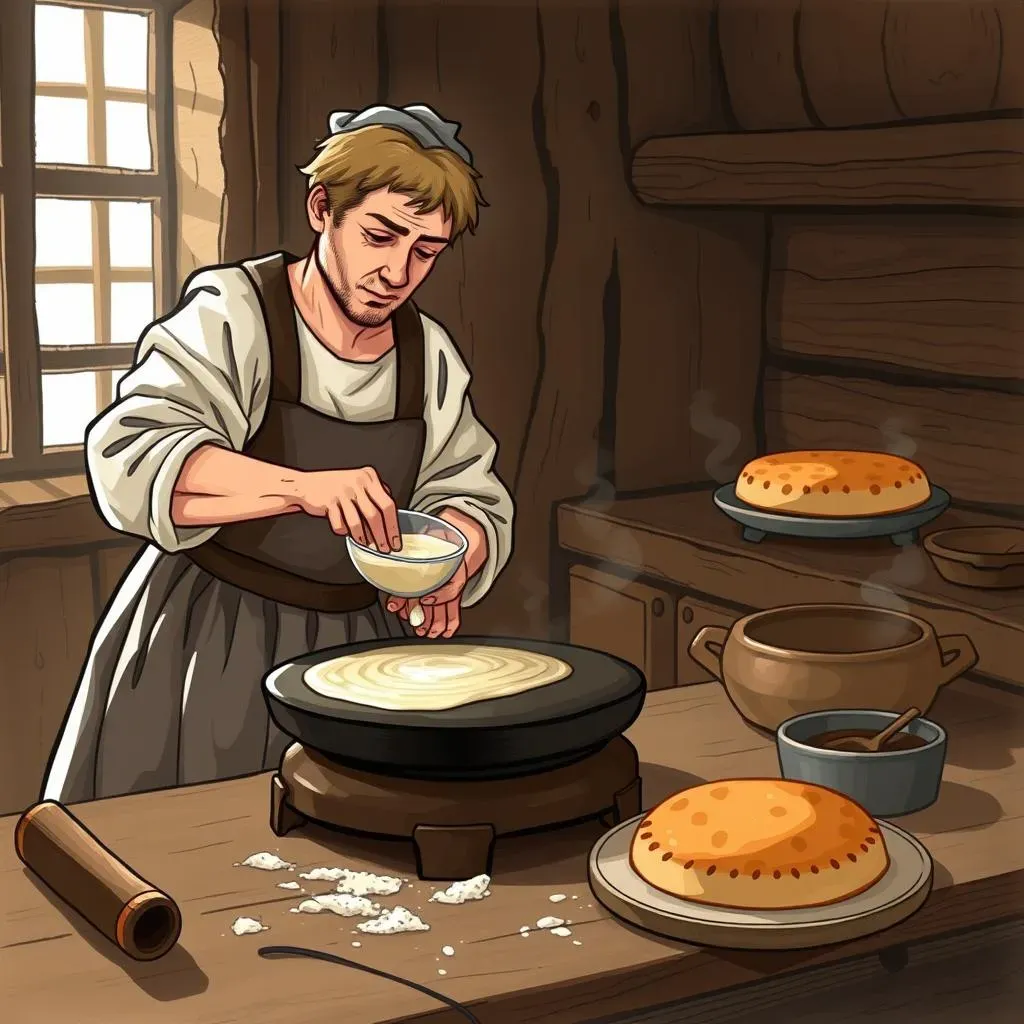
Why Are Pancakes Called Cakes? A Look at History and Ingredients
So, if the "cake" status is still up for grabs, why on earth do we call them pancakes? Well, it seems the name has roots that stretch way back to the 15th century. Back then, the word "cake" wasn't just about those tiered, frosted masterpieces we see today. It was a much broader term, referring to any flat, roundish thing made from a batter of some kind. Imagine a simpler time, before fancy ovens and elaborate baking techniques. People mixed flour, water or milk, and maybe some eggs, and cooked it on a hot stone or pan. These were the original "cakes," and the "pan" part just specified how they were cooked.
It’s wild to think how language evolves, right? The term “cake” has obviously morphed over time. I mean, now we think of a proper cake as this fluffy, multi-layered thing, often with frosting and candles. But way back when, if you made a flat batter on a pan, that was your cake. The “pan” part was just to clarify that it wasn't baked in an oven, or some other method. So, it's less about pancakes trying to be cakes, and more about cakes being a very broad term that pancakes fit into.
It’s kind of like how the word “car” started out meaning any wheeled vehicle, and now it usually means a motor vehicle. Language is a funny thing like that. The ingredients also play a role in this connection. Pancakes usually include flour, eggs, some sort of liquid, and a leavening agent like baking powder – all of which are common in cake recipes. It's this shared ingredient list that further cements the link between pancakes and cakes in our minds.
- 15th Century "Cake": Any flat, roundish batter-based food.
- Pancakes: "Cakes" cooked in a pan.
- Modern "Cake": Elaborate, baked, often frosted dessert.
Pancakes vs. Pastries, Bread, and Crepes: What's the Difference?
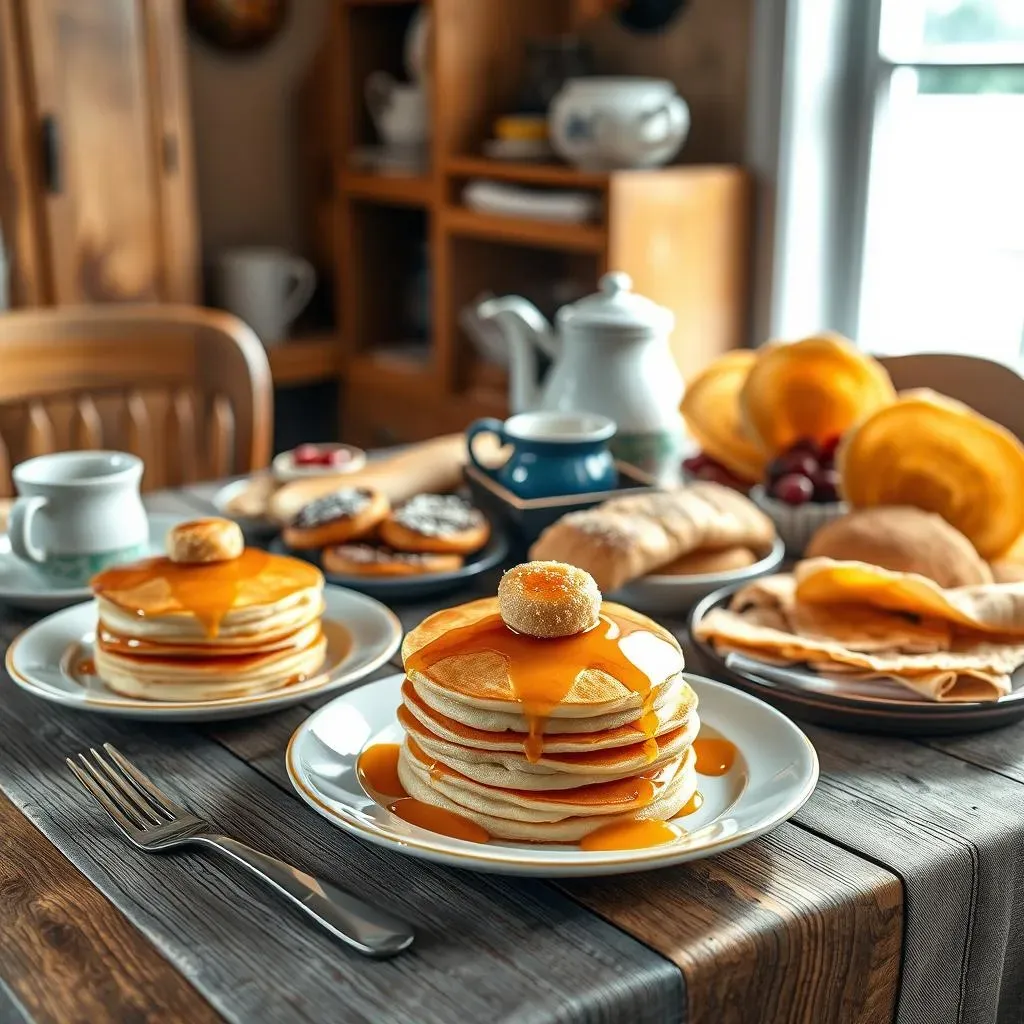
Pancakes vs. Pastries, Bread, and Crepes: What's the Difference?
Pancakes and Pastries: A Sweet Comparison
so we've established that pancakes have some cake-like qualities, but what about pastries? You might think, "Well, they're both often sweet, so they must be similar!" And you'd be partially right. Pastries, like croissants or danishes, are known for being flaky and buttery, often containing a lot of fat. They’re usually baked, and they tend to be more delicate and intricate than a simple pancake. While both can be enjoyed as breakfast or dessert, the big difference comes down to their dough and cooking process. Pastries are all about layers and that melt-in-your-mouth texture, whereas pancakes are more about a soft, fluffy interior.
I mean, imagine trying to make a pancake with the same dough as a croissant. It would be a disaster! It wouldn't puff up the same way, and it would probably be super greasy. The truth is, pastries are in a whole different category. They might share the "sweet treat" space with pancakes, but their composition and the way they're made are miles apart. So, while you *could* technically think of pancakes as a type of simplified pastry, it's not really how most people would classify them.
Pancakes vs. Bread: A Matter of Ingredients and Purpose
Now, let's talk about bread. Bread and pancakes, while both made from flour, are worlds apart. Bread is typically made with yeast and is baked, resulting in a chewy, often savory product that's meant to be a staple food. Pancakes, on the other hand, are made with baking powder or baking soda, which gives them that airy texture, and are cooked on a hot surface. Bread is often used as a base for sandwiches or eaten alongside meals, while pancakes are usually enjoyed as a meal themselves, often with toppings like syrup or fruit.
It’s like comparing a sturdy brick to a fluffy cloud. Both have their place, but they serve entirely different purposes. You wouldn't make a sandwich with a pancake, would you? Well, maybe you could, but it wouldn't be ideal. And you certainly wouldn't slather butter and syrup on a slice of regular bread. The core difference is that bread is designed to be a more substantial, less sweet option, while pancakes are all about that light, fluffy, and often sweet experience.
Food Type | Key Ingredients | Cooking Method | Typical Use |
|---|---|---|---|
Pastries | Butter, flour, sugar | Baked | Sweet treats, dessert |
Bread | Flour, yeast, water | Baked | Staple food, sandwiches |
Pancakes | Flour, eggs, milk, baking powder | Fried on a griddle | Breakfast, sweet meals |
Pancakes and Crepes: Thinly Veiled Similarities
Finally, let's get to crepes. Crepes are often seen as pancakes' sophisticated French cousins. They're both thin, flat, and cooked on a hot surface, but that’s where many of the similarities end. Crepes are much thinner than pancakes, and they don't typically use a leavening agent. This means they don't get as fluffy, and they end up being more delicate and flexible. The batter for crepes is also usually thinner, giving them a more lacy, almost see-through appearance.
Think of it like this: a pancake is a fluffy, comforting blanket, while a crepe is a delicate, elegant shawl. Crepes are often filled with sweet or savory ingredients, and they are usually folded or rolled. Pancakes, on the other hand, are often stacked and topped. While they share some similarities, their texture and presentation really set them apart. So, although you could say that crepes are in the same "family" as pancakes, they’re definitely different individuals with their own distinct personalities.
Pancake Mix vs. Cake Mix: Are They Interchangeable?
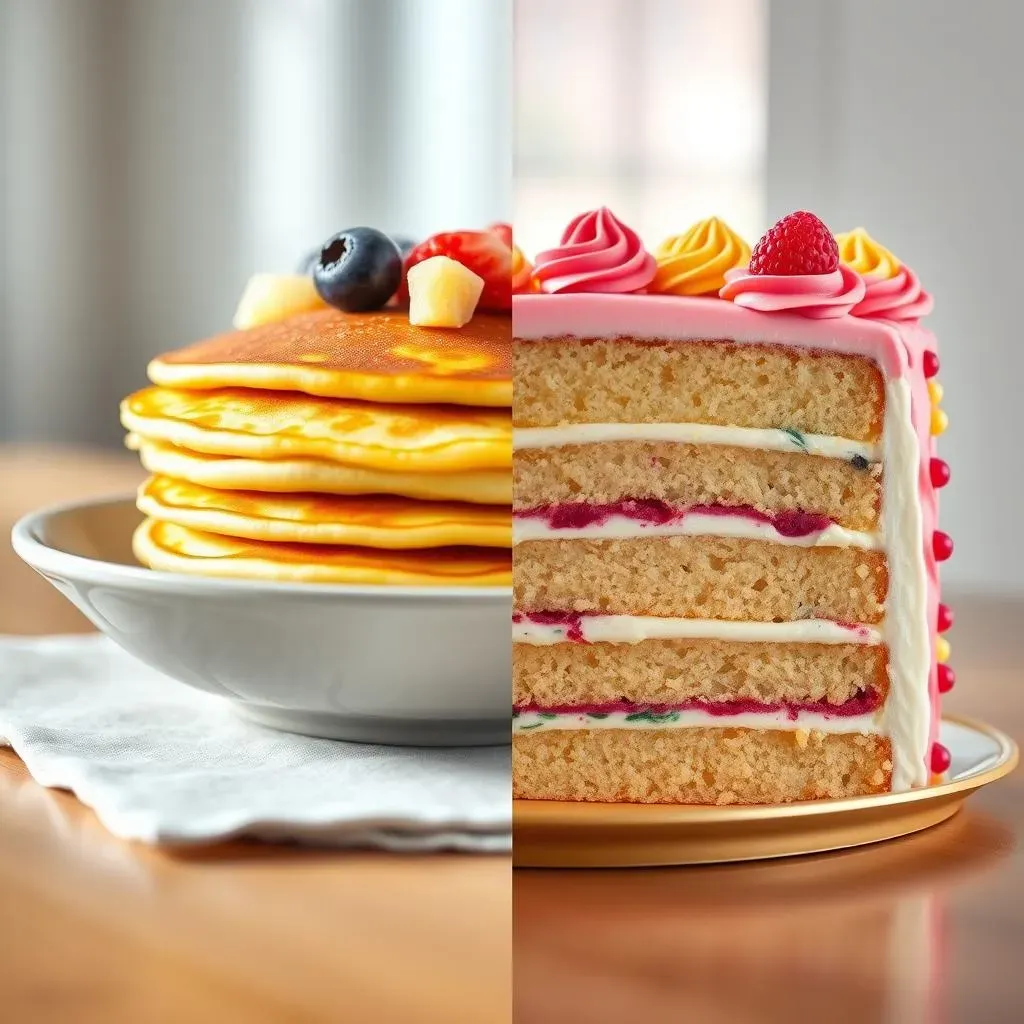
Pancake Mix vs. Cake Mix: Are They Interchangeable?
so you've got a craving for pancakes, but all you've got is cake mix, or maybe you're in the mood for cake, but all that's staring back at you is pancake mix. Can you just swap them out? Well, not exactly, but with some adjustments, you might be able to pull it off. The biggest difference between pancake mix and cake mix is usually the amount of sugar and flavoring. Cake mixes are designed to be sweet and flavorful, often with added extracts or chocolate chips. Pancake mixes, on the other hand, tend to be less sweet and more neutral, designed to be a base for toppings like syrup or fruit.
It's like the difference between a blank canvas and a pre-painted one. Pancake mix is that blank canvas, ready to be customized to your liking, while cake mix is more like a pre-painted picture, already set in its flavor profile. That doesn't mean they can't switch roles, but you'll need to tweak things a bit. If you're using cake mix for pancakes, you might need to add more liquid to thin it out and skip the extra sugar. If you're using pancake mix for cake, you'll definitely need to add sugar and flavoring to get that sweet, cake-like taste.
Mix Type | Sugar Content | Flavoring | Typical Use |
|---|---|---|---|
Pancake Mix | Lower | Neutral | Pancakes, waffles |
Cake Mix | Higher | Sweet, varied | Cakes, cupcakes |
The Ancient Origins of Pancakes: Older Than Cakes?
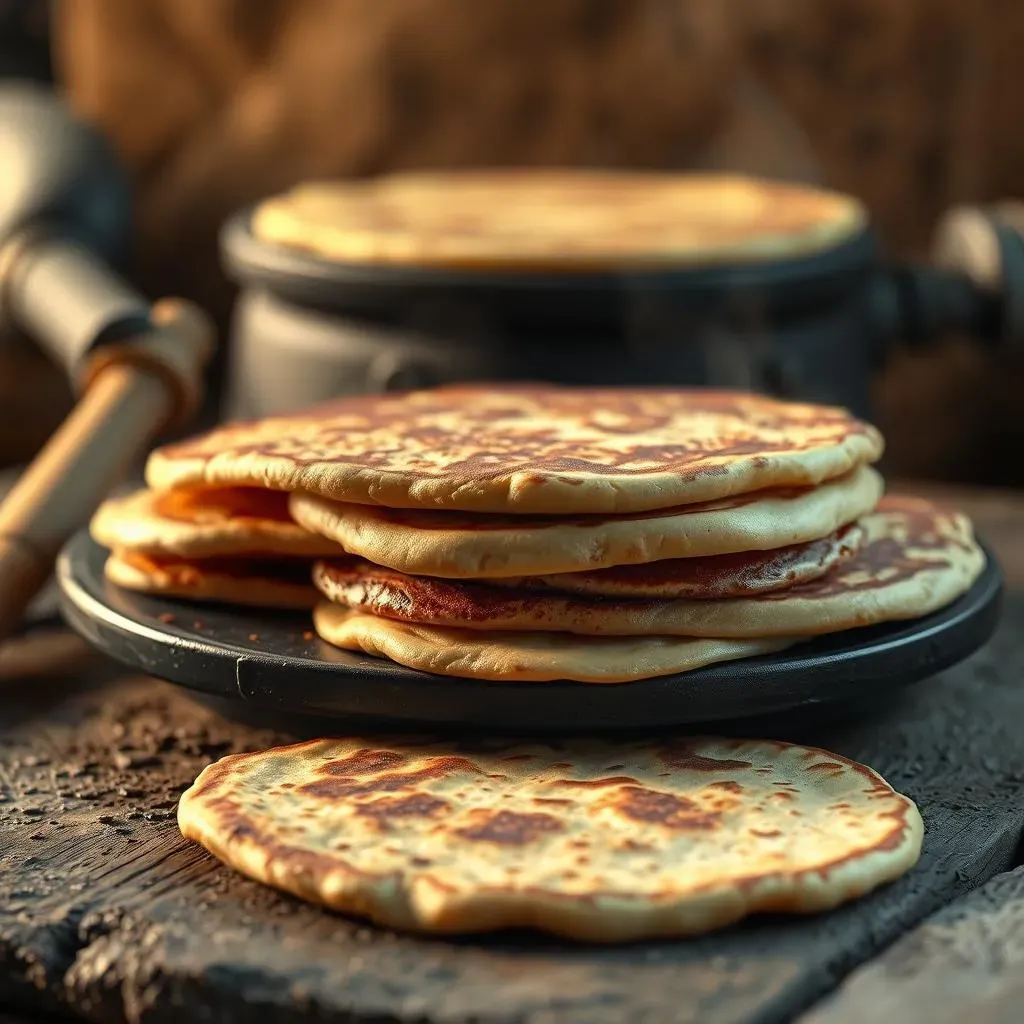
The Ancient Origins of Pancakes: Older Than Cakes?
Ancient Flatbreads: The Precursors to Pancakes
so we've been debating whether pancakes are cakes, but let's take a step back in time. It turns out, the history of pancakes is way older than you might think. We're talking ancient civilizations here, folks. Before ovens were a thing, people were already making flatbreads on hot stones or griddles. These weren't exactly the fluffy pancakes we know and love today, but they were definitely the ancestors. Think of simple mixtures of grains and water, cooked until they were flat and edible. These ancient flatbreads were a staple in many cultures, from the Greeks to the Romans.
They were basic, sure, but they were also incredibly versatile. People used them as a base for meals, dipped them in sauces, or ate them plain. It's fascinating to see how something so simple could have been so important in the diets of these early societies. These flatbreads were the OGs of the pancake world, setting the stage for the variations we enjoy today. So, while cakes as we know them are a relatively more modern invention, pancakes in their most basic form have been around for ages.
The Evolution of Pancakes: From Simple to Sweet
As time went on, these ancient flatbreads started to evolve. People started adding things like eggs, milk, and honey to the mix, making them richer and sweeter. This is where we start to see the emergence of something closer to the pancakes we know today. Different cultures developed their own versions, each with unique ingredients and cooking methods. The Romans had their "alia dulcia," a type of sweet pancake made with milk, eggs, and spices.
In medieval Europe, pancakes were often associated with religious festivals, and were made with different ingredients depending on the region. It's like a culinary game of telephone, where each culture added its own twist to the original flatbread concept. The journey from simple grain-and-water flatbreads to the fluffy, syrup-soaked pancakes of today is a testament to human creativity and our love for delicious food. So, while cakes have their own history, the pancake's story stretches back much further, making it a true ancient culinary marvel.
Cakes vs. Pancakes: A Timeline of Culinary History
So, when we compare the timelines, it's clear that pancakes, in their basic flatbread form, predate cakes by centuries. Cakes, as we know them, are a more recent development, with the leavening agents and baking techniques that create that fluffy texture becoming more common in the past few centuries. The evolution of the oven played a huge role in the development of cakes, allowing for more elaborate and complex baking processes.
While both pancakes and cakes have their place in culinary history, pancakes have a more ancient lineage. They are a testament to the ingenuity of early cooks who found ways to make delicious and satisfying meals with simple ingredients and primitive cooking methods. So, next time you're flipping a pancake, remember that you're participating in a tradition that stretches back thousands of years, a tradition that began long before the first cake was ever baked.
Pancakes Around the World: From Flapjacks to Hotcakes
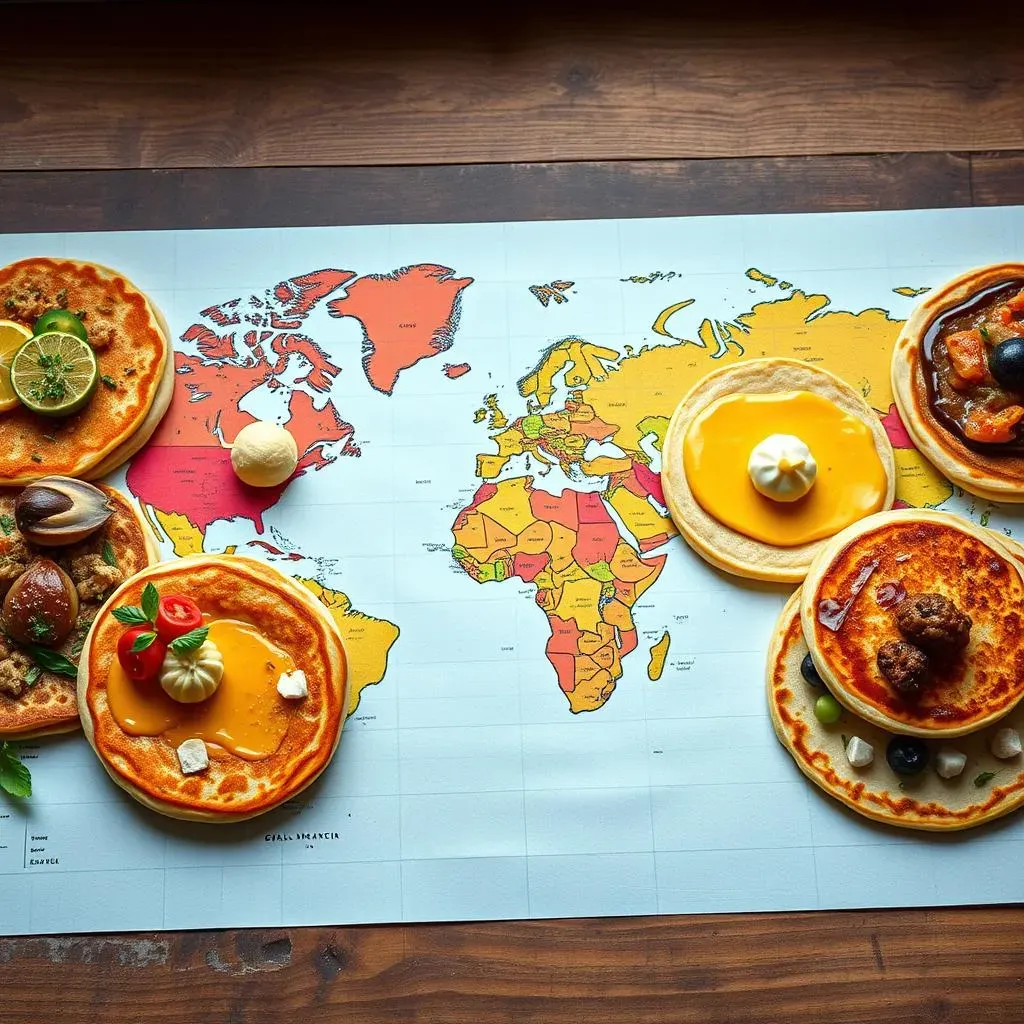
Pancakes Around the World: From Flapjacks to Hotcakes
A Global Pancake Party
so we've talked about the history and the "are-they-cakes" debate, but let's be real: pancakes aren't just a single thing. They're like a global food phenomenon, with each country and culture putting its own delicious spin on the concept. You've got your classic American pancakes, thick and fluffy, often drenched in maple syrup. But then you hop over to the UK, and you've got the thinner, crepe-like pancakes they call "flapjacks" or "griddle cakes." And that's just the beginning! It's wild how one simple idea, a flat batter cooked on a hot surface, can be transformed into so many different delicious things.
It's like a culinary adventure, where every stop on the map brings a new flavor and texture to the pancake party. I mean, who would've thought that the same basic ingredients could be used to make everything from the savory injera of Ethiopia to the sweet, delicate blini of Russia? It just goes to show how versatile and adaptable pancakes are. They're a blank canvas for culinary creativity, and every culture seems to have a unique way of expressing that. So, let's take a little trip around the world, and see what other pancake wonders we can discover.
Common Names and Regional Variations
The names for pancakes are as diverse as the pancakes themselves. In the US, you'll often hear "hotcakes," which is just another name for a pancake, especially when they're served as a stack. But in Scotland, they call them "drop scones," and they tend to be smaller and thicker than the American variety. Then there's the "Johnnycake," which is a cornmeal pancake popular in the Caribbean and parts of the US. These are often less sweet and have a more rustic texture.
It's like every region has its own secret code for pancakes! And it's not just the names that differ; it's also the ingredients and the way they're cooked. In some countries, they use different types of flour, like buckwheat or rice flour. Some add spices like cinnamon or nutmeg, while others prefer to keep them plain and simple. The toppings also vary, from the classic maple syrup to fresh fruit, whipped cream, or even savory sauces. It's like a whole world of pancake possibilities, just waiting to be explored.
Name | Region | Description |
|---|---|---|
Hotcakes | USA | Thick, fluffy pancakes |
Flapjacks/Griddle Cakes | UK | Thin, crepe-like pancakes |
Drop Scones | Scotland | Small, thick pancakes |
Johnnycakes | Caribbean, USA | Cornmeal pancakes |
Sweet or Savory? The Versatility of Pancakes
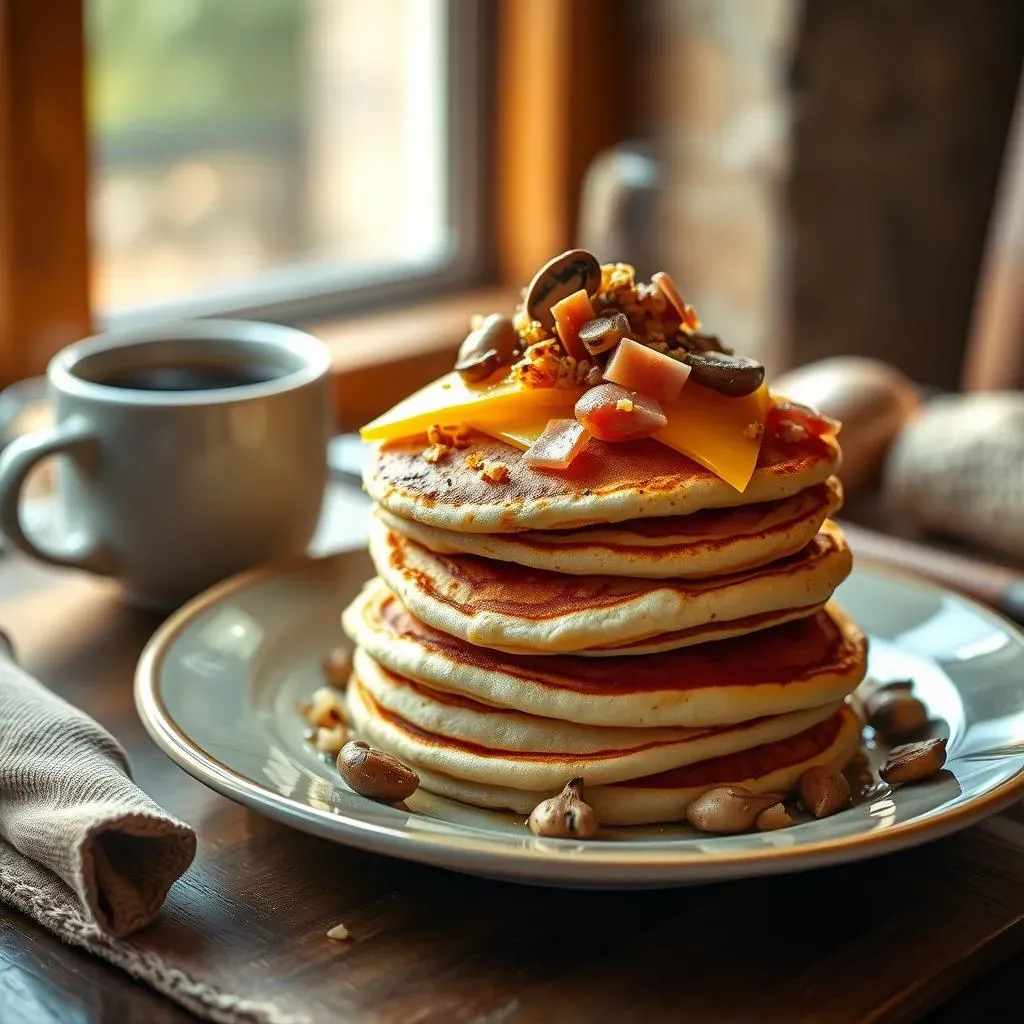
Sweet or Savory? The Versatility of Pancakes
so we’ve mostly talked about pancakes as a sweet breakfast or brunch item, but here’s the thing: pancakes are incredibly versatile. They’re not just for syrup and whipped cream anymore! In fact, many cultures around the world enjoy pancakes as savory dishes, loaded with veggies, meats, and spices. Think about it – the basic pancake recipe is just flour, eggs, milk, and a leavening agent. That’s a pretty neutral base that can go in all sorts of directions. It's like having a blank canvas, just waiting for you to get creative with your toppings. It’s not just about the sweet stuff; it’s about the endless possibilities.
I mean, who says you can't have a pancake with cheese and ham, or maybe some sautéed mushrooms and spinach? The beauty of pancakes is that they can be customized to fit any meal, any craving, any time of day. You could even have a pancake for dinner, and no one would bat an eye! The key is to think beyond the traditional syrup and fruit, and start exploring the savory side of things. The next time you’re making pancakes, try adding some herbs and spices to the batter, or experiment with different fillings and toppings. You might just discover your new favorite meal.
Flavor Profile | Typical Toppings | Meal Time |
|---|---|---|
Sweet | Syrup, fruit, whipped cream | Breakfast, brunch |
Savory | Cheese, meats, vegetables | Lunch, dinner |
How to Make Light and Fluffy Pancakes: Avoiding the Dense Disaster
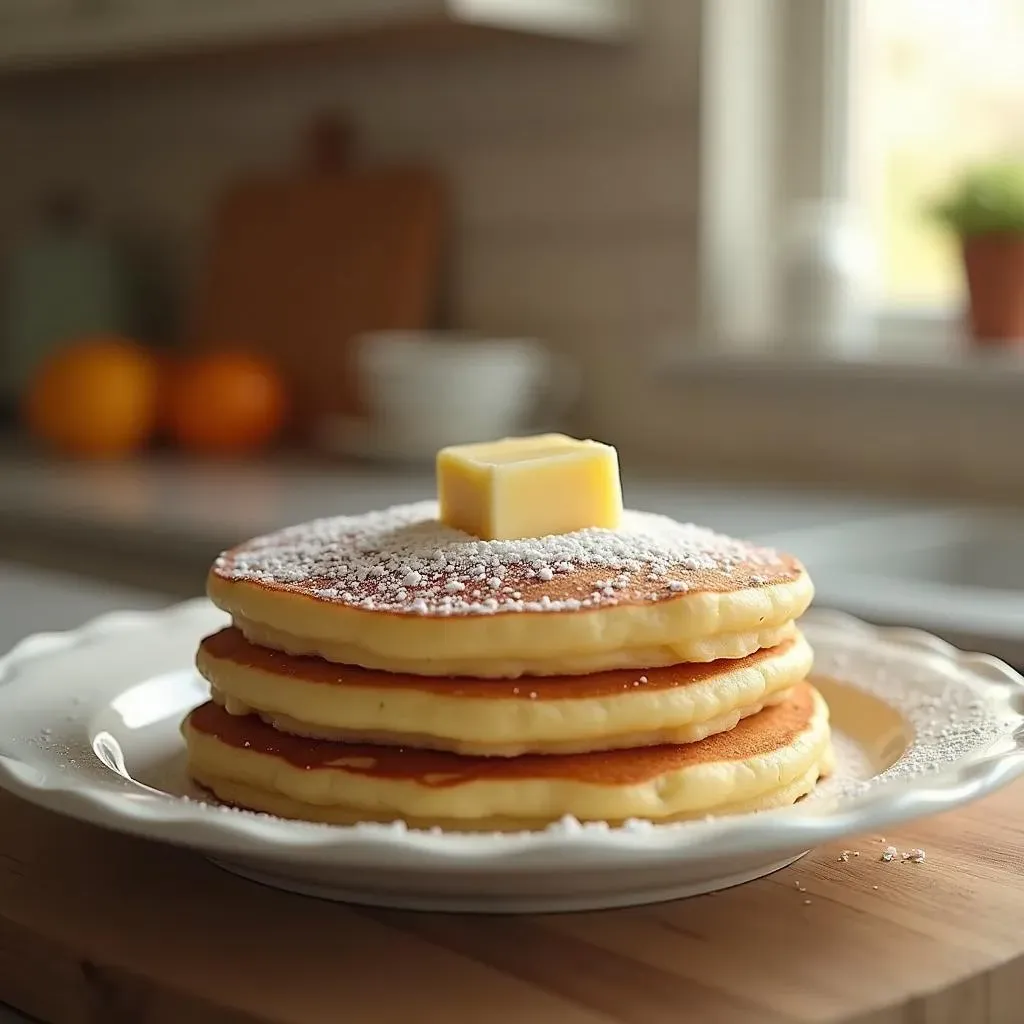
How to Make Light and Fluffy Pancakes: Avoiding the Dense Disaster
The Overmixing Menace
so you’ve got your ingredients, you're ready to whip up some pancakes, but here’s the number one mistake that’ll lead to dense, sad pancakes: overmixing the batter. Seriously, this is the biggest culprit. When you mix the batter too much, you develop the gluten in the flour. This makes the batter tough, and it results in pancakes that are more like hockey pucks than fluffy clouds. The goal here is to mix just enough to combine the ingredients, but not a second more. Think of it like gently folding the ingredients together, not aggressively stirring them.
I know it's tempting to make sure everything's perfectly smooth, but resist the urge! A few lumps are totally fine; they'll cook out. It's better to have a slightly lumpy batter and fluffy pancakes than a perfectly smooth batter and dense, rubbery ones. So, when you're mixing, be gentle, be quick, and stop when the ingredients are just combined. It's all about that light touch, like you're trying to not wake a sleeping baby.
Baking Powder Basics
The next thing you need to get right is your leavening agent, usually baking powder or baking soda. Baking powder is what gives pancakes their rise and fluffiness. But if you don't use enough, or if your baking powder is old, your pancakes will fall flat, literally. Make sure your baking powder is fresh; it should be replaced every six months. If you're unsure, test it by adding a spoonful to a bit of hot water. If it bubbles, you're good to go. If it doesn't, it's time to buy a new can.
Also, be sure you're using the correct amount. Too much baking powder can give your pancakes a weird, metallic taste, while too little will make them dense. Follow the recipe carefully, and don't be tempted to add more "just to be sure." It's all about balance. Think of it like a chemistry experiment; you need the right amount of each ingredient for the reaction to work properly.
Problem | Solution |
|---|---|
Dense Pancakes | Avoid overmixing batter |
Flat Pancakes | Use fresh baking powder |
Metallic Taste | Use correct amount of baking powder |
The Patient Cook
Finally, patience is key. Don't rush the cooking process. Cook your pancakes over medium-low heat, and be patient. If the heat is too high, the outside will burn before the inside is cooked, leaving you with a raw, dense center. Wait until the edges are set and bubbles start to form on the surface before flipping them. It's all about taking your time and letting the pancakes cook properly.
It's like waiting for the perfect moment to pick a ripe fruit; if you pick it too early, it won't be sweet, and if you wait too long, it will be rotten. The same goes for pancakes. You need to find that sweet spot where the heat is just right, and the pancake is cooked to perfection. So, don't be impatient, and trust the process. You'll be rewarded with light, fluffy pancakes that are worth every minute of your time.
The Final Stack: Are Pancakes Really Cakes?
So, after all this flipping and frying, have we finally answered if pancakes are really cakes? Well, it's complicated. While pancakes share some DNA with cakes – similar batter, rising action – they’re more like distant cousins than twins. The cooking method (pan-fried vs. baked) and the typical flavor profile lean them more toward their own category. They're the breakfast heroes that are versatile enough to be sweet or savory, and they've got a history that stretches back further than most cakes. Ultimately, whether you see them as cakes or not, pancakes are delicious in their own right, and that's what truly matters. Now, if you'll excuse me, I'm off to make a stack, and maybe call them 'pan-discs' just to mess with everyone.